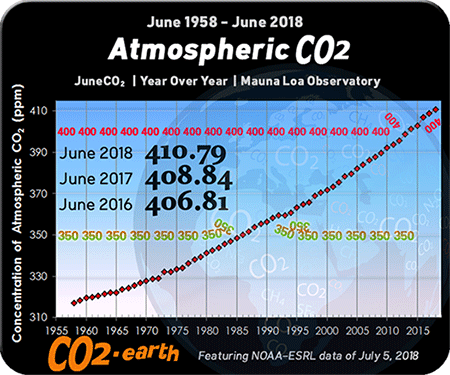 Image via Wikipedia
Image via WikipediaFrom the
ASPO-USA Peak Oil Review weekly newsletter:
Last week the USDA released a revised estimate for US grain production this year that shocked observers. The new report cut US harvest projections from corn, soybeans and wheat. The reduction in terms of bushels was the largest in nearly 40 years. Although the harvest is expected to be the third largest ever – 12.7 million bushels – the increasing call on US agriculture to make up for shortfalls around the world should lead to much higher prices as more nations move to restrict exports.
As we saw two years ago, the imposition of food export bans by governments fearful of the domestic unrest that could result from grain shortages led to higher food prices around the world.
The conversion of corn into ethanol for motor fuel is using up US corn reserves which are expected to fall to the lowest level in 15 years. In the past four years, the US has had its four largest corn crops ever and supplies are still tight. Due to the rapid expansion of the corn to biofuels program that began in earnest five years ago, there is little spare farm land that can be brought into production. This suggests that high corn prices could lead to shortages of other crops as farmers react to high corn prices. Given the bad economic conditions, US food companies say they are reluctant to pass on price increases to retail consumers.
Ironically, the price surge comes just as the government is expected to approve the marketing of 15 percent (E15) ethanol blend for use as a motor fuel. This move could, in theory, increase the demand for corn-based ethanol from its current 12-13 billion gallons every year by 50 percent. There is, however, a possibility that the government could restrict its use to vehicles built in the 2007 model year and later. This would greatly complicate the marketing of the product as retailers would have to install new tanks for the E15 and might have to eliminate self-service pumps to ensure that the right blends get into the right vintage cars. All this suggests that it may be some time, if ever, before E15 comes into widespread use.

 Image via WikipediaFrom the ASPO-USA Peak Oil Review weekly newsletter:
Image via WikipediaFrom the ASPO-USA Peak Oil Review weekly newsletter:





No comments:
Post a Comment